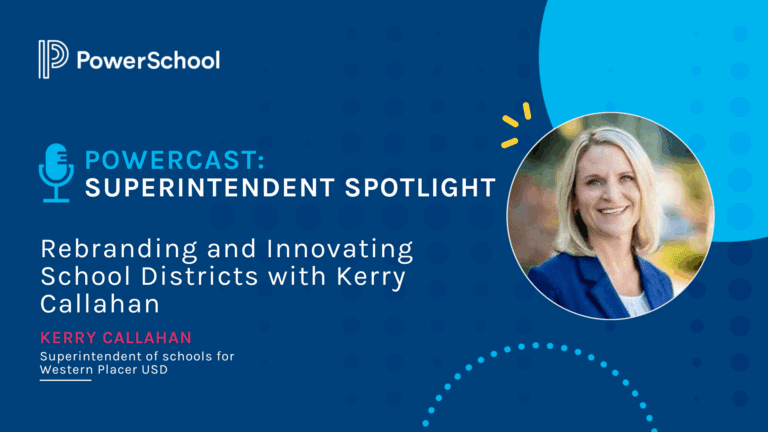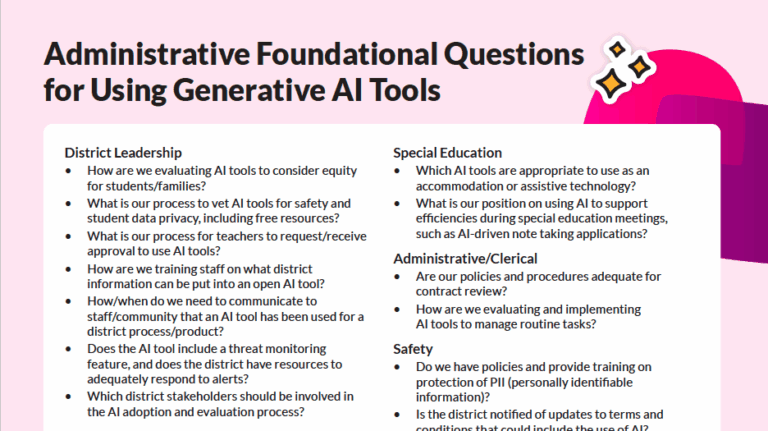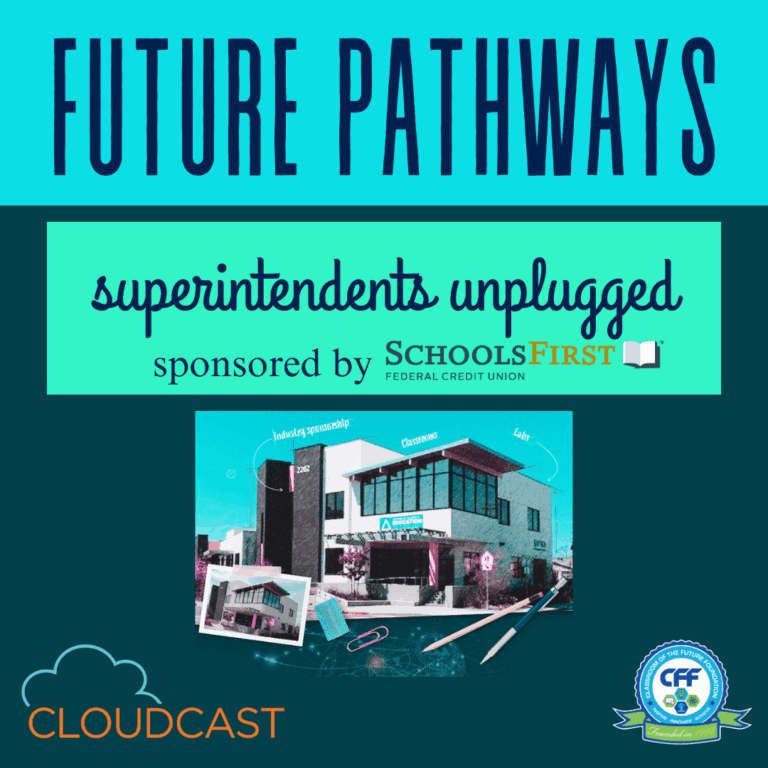With all the new hoops California districts have to jump through, it’s easy to approach district planning as a matter of compliance rather than strategy.
Many districts view their Local Control and Accountability Plans (LCAPs) as little more than a nuisance—a form to be filled out—without realizing what a potent tool it can be.
“If that’s all you do with it you’re missing the point,” said Terilyn Finders of Fagen Friedman & Fulfrost LLP, a sponsor of ACSA’s Negotiators’ Planning Retreat. The three-day workshop helps district teams strategically prepare for negotiations in a Local Control Funding Formula (LCFF) environment.
“Our retreat helps education leaders see how to use the entire cycle—plan, revise, dig deeper, take it to the school community, refine, and finalize—to promote their district’s goals.”
In fact, she said, embedded within the LCAP process are several best practices for advancing your educational mission. Savvy leaders can use the LCAP to help bring their plans to fruition by employing the following methods:
1. Align goals with community needs
To support teaching and learning, districts need to address students’ social service needs as well as their academic ones—a critical step in closing achievement gaps, says the National Education Association. This means education leaders must understand what these specific needs are.
Without an ongoing mechanism for keeping a finger on the pulse of the community, it’s easy for educational goals to become divorced from the realities families face. This makes the LCAP process a potentially powerful tool for districts that find ways to elicit meaningful input from the community. By engaging families in the goal-planning process, districts can unite parents, students and educators under a shared vision that serves students’ authentic needs.
“The most important part of LCAP is the L,” Finders said. “It’s a local plan for your kids—where they’re at, where you want them to go, how to get them there and what resources you have.”
2. Use data to tell a story
Data tells a story that’s hard to argue with. Districts that base their educational goals on student data—and use the data to support their decisions—have a stronger position from which to make their case.
“At the local level, the key is to get information that people will act on and more importantly will tell a story about your school,” says University of Oregon professor David Conley, who has advised the California State School Board.
Using data to inform educational goals also provides built-in metrics for measuring success. “Sharing data enables all stakeholders to understand where things stand and hold each other accountable for making measurable progress,” says the Center for American Progress.
3. Link funding to specific goals
The LCAP process requires districts to fully account for how they spend their money—yet many simply don’t.
Last year, for example, California districts accounted for only $2.5 billion of the $6.3 billion in Local Control Funding Formula (LCFF) funds they received, leaving $3.8 billion unaccounted for. Some districts accounted for less than 10 percent of their funds.
Without publicly tying their funding to specific goals, “districts cannot reliably assess why they are, or are not, making progress,” says the American Civil Liberties Union of Northern California. This also “makes meaningful stakeholder engagement impossible because the public cannot assess how the few actions identified fit within the district’s broader program.”
4. Enlist community support
When everyone’s on the same page, parent and student voices can lend powerful support to your decisions in the face of school politics and pressure from interest groups. If you can get their buy-in, they can become your district’s biggest champions.
For districts that struggle to foster meaningful engagement, Finders recommends the Negotiators’ Planning Retreat, where district teams work together to develop strategies for effectively engaging with parents and other stakeholders. She also offered these tips for rallying the community around your district’s plan:
- Take a strategic approach. Spend time as a team discussing what meaningful engagement looks like in your district, and formulate strategies for nurturing it.
- Go where they are. Instead of asking parents to come to your meeting, get on the agenda of events they’re already attending: PTA, booster club, city council, faith-based events, etc.
- Be clear. Engagement starts by developing a shared understanding. Tell the community exactly what you’re trying to accomplish and how they can help you get there.
5. Form community partnerships
When Alum Rock Union School District engaged a segment of its parent population through a local community organization, the result was a huge boon for non-English speaking families. The district ended up dedicating more than $1 million to fund a bilingual family liaison at every school in the district.
Formal collaborative partnerships such as task forces offer a powerful channel for engaging parents and students, whose momentum can help fuel your district’s goals.
Education leaders who form successful partnerships with community-based organizations are “sowing seeds of real cultural transformation,” said Angelica K. Jongco, author of a study on LCFF implementation.
Community partnerships are also fiscally prudent; for every dollar they allocate, districts nationwide leverage an average of $3 from their community partners in the form of funding or in-kind support.
These are just a few of the practices district leaders can use to leverage their LCAPs to advance educational goals. The key is to view the process as an opportunity rather than an obligation.


































